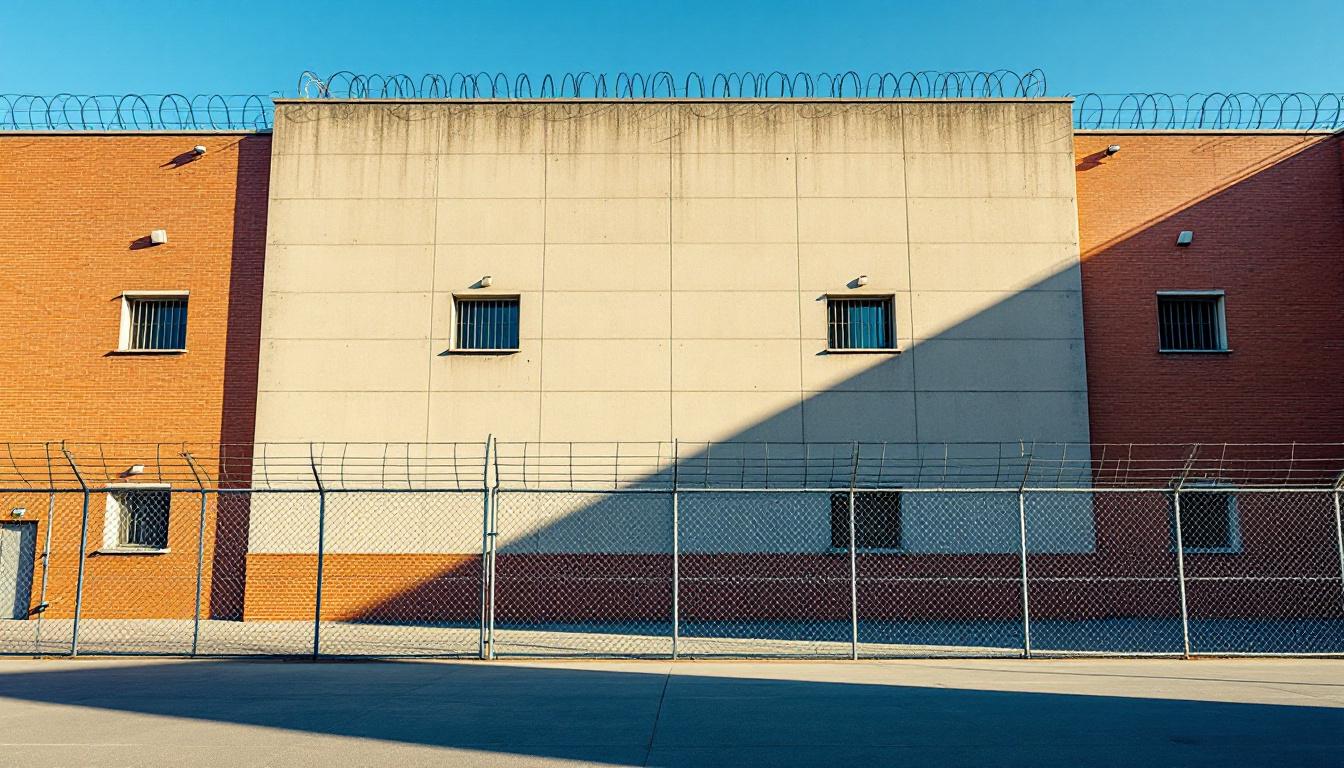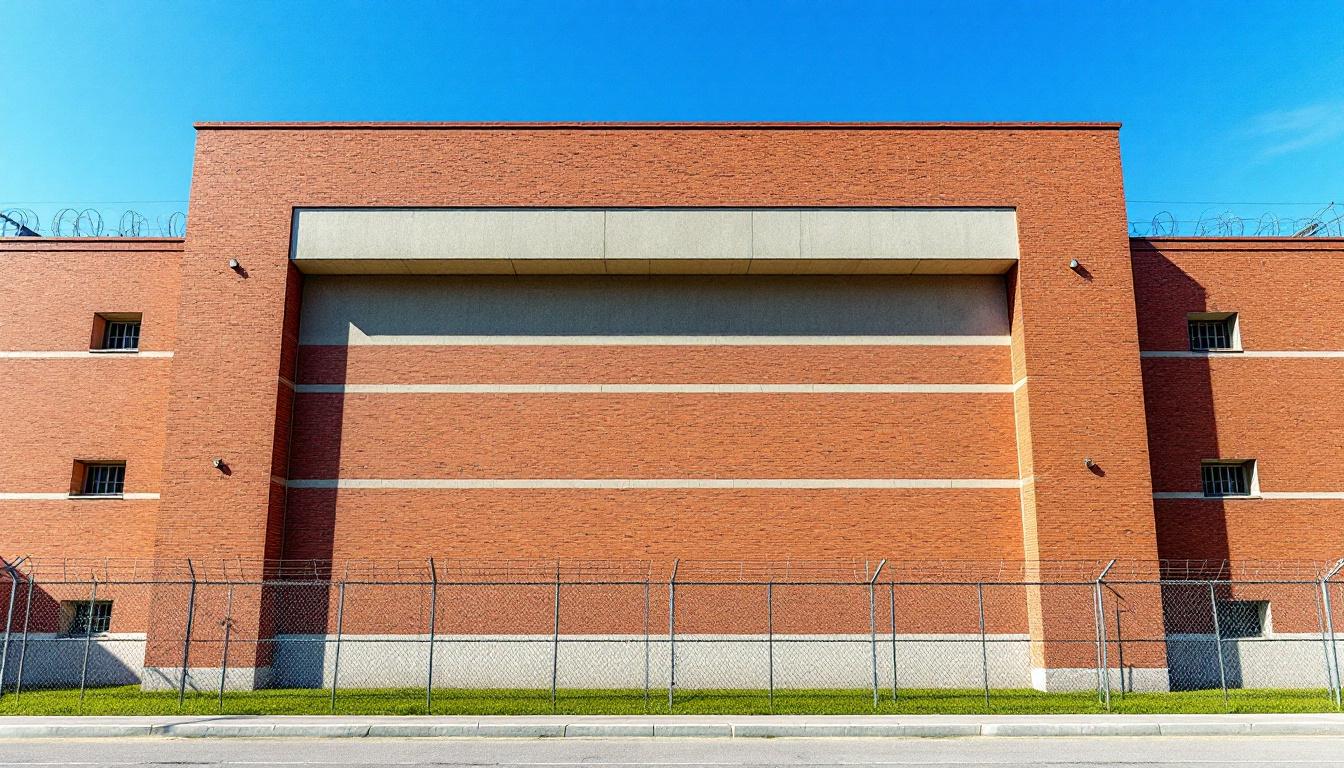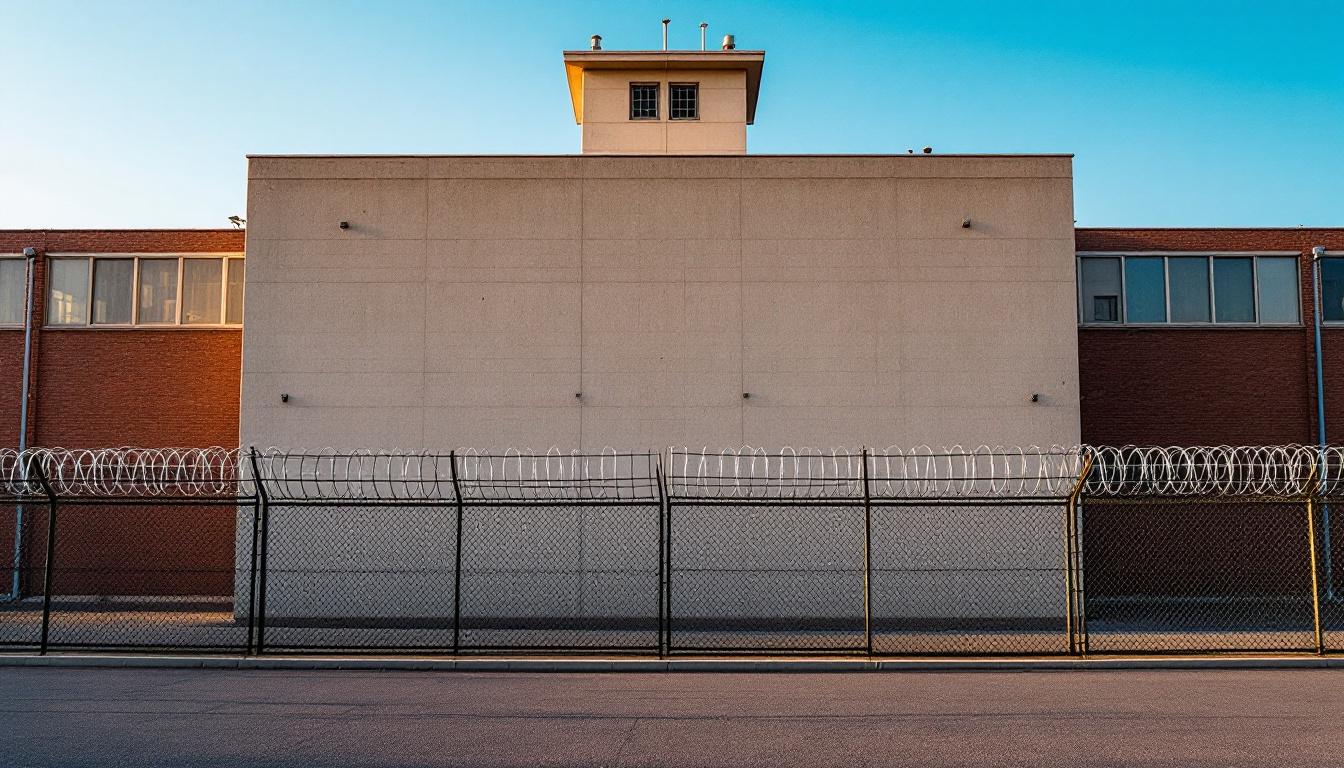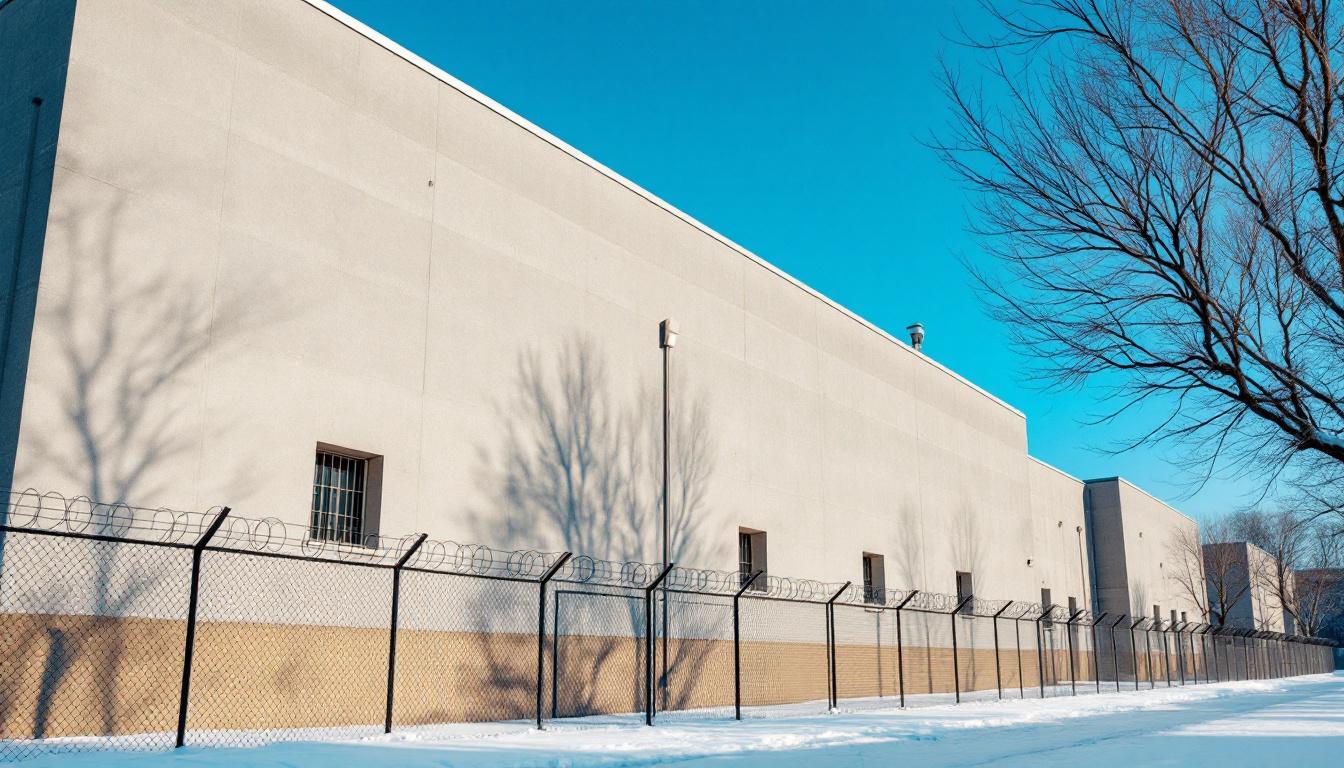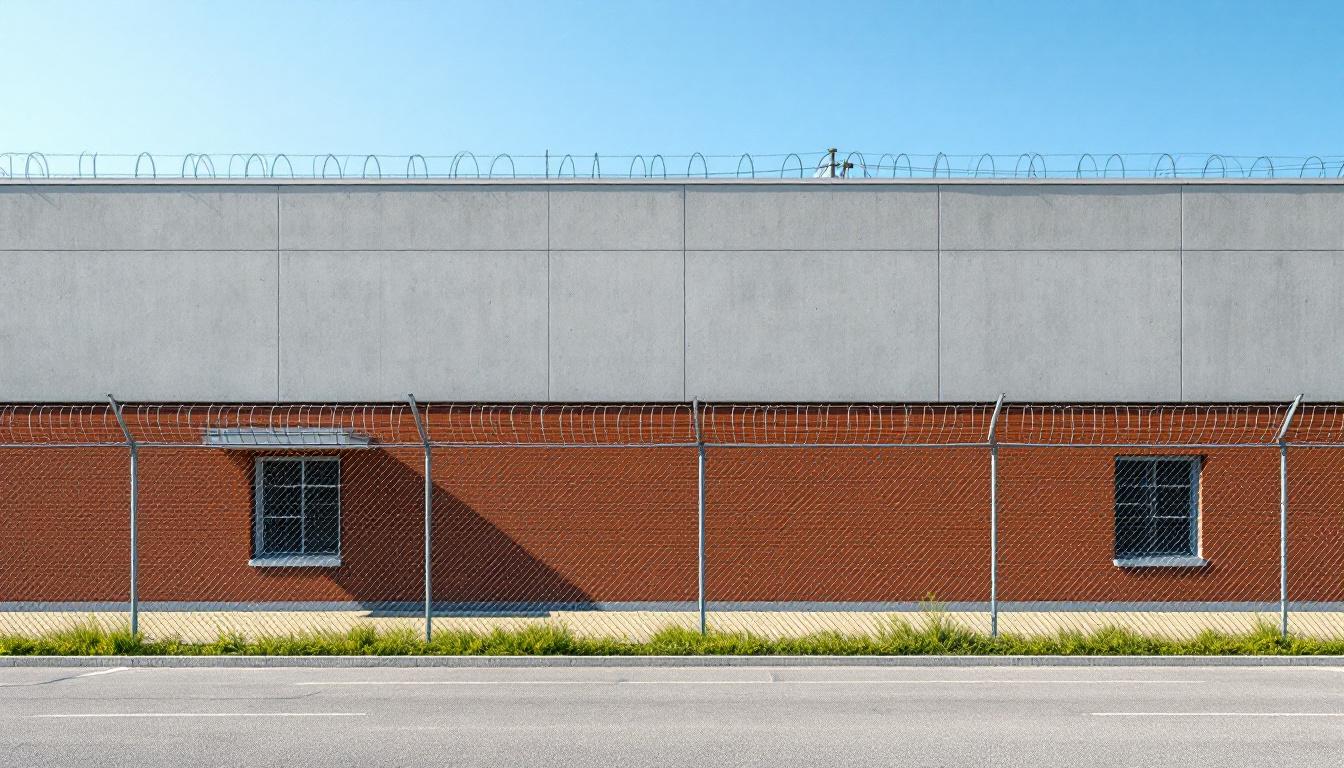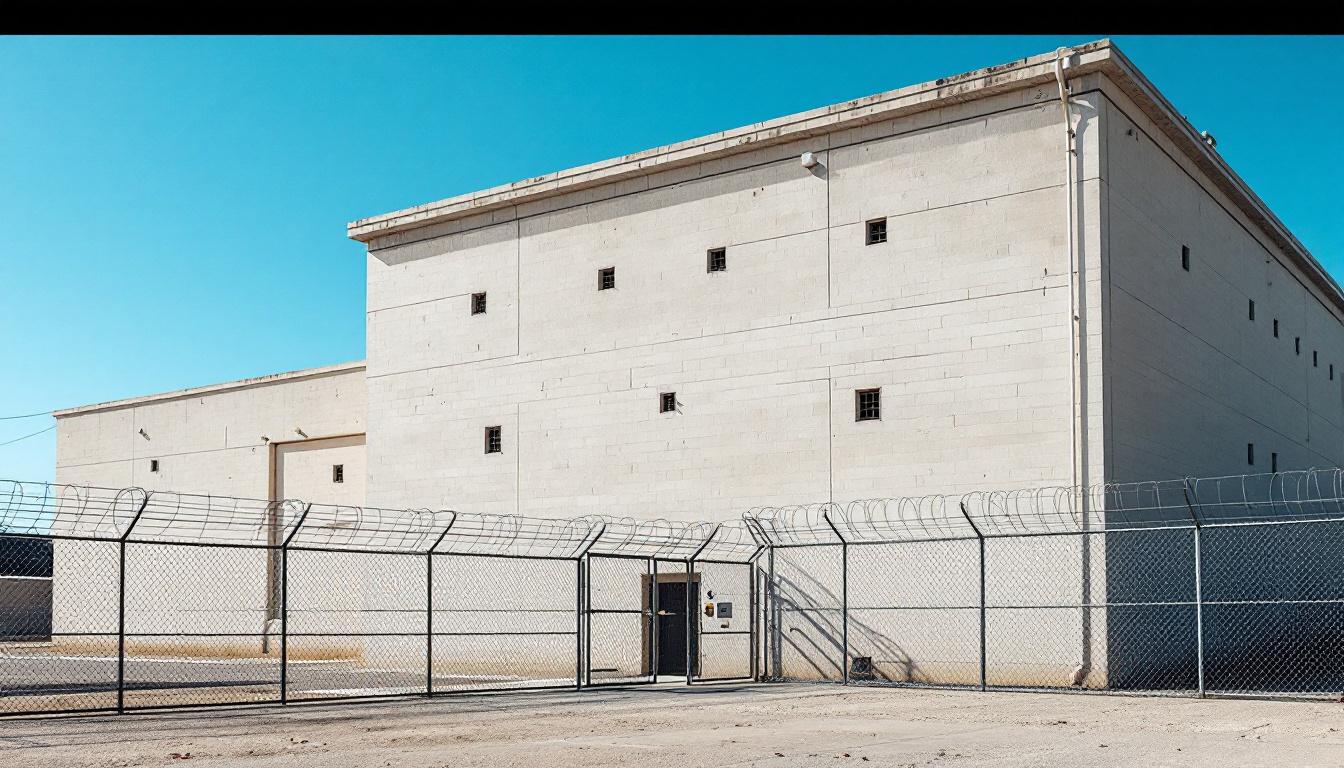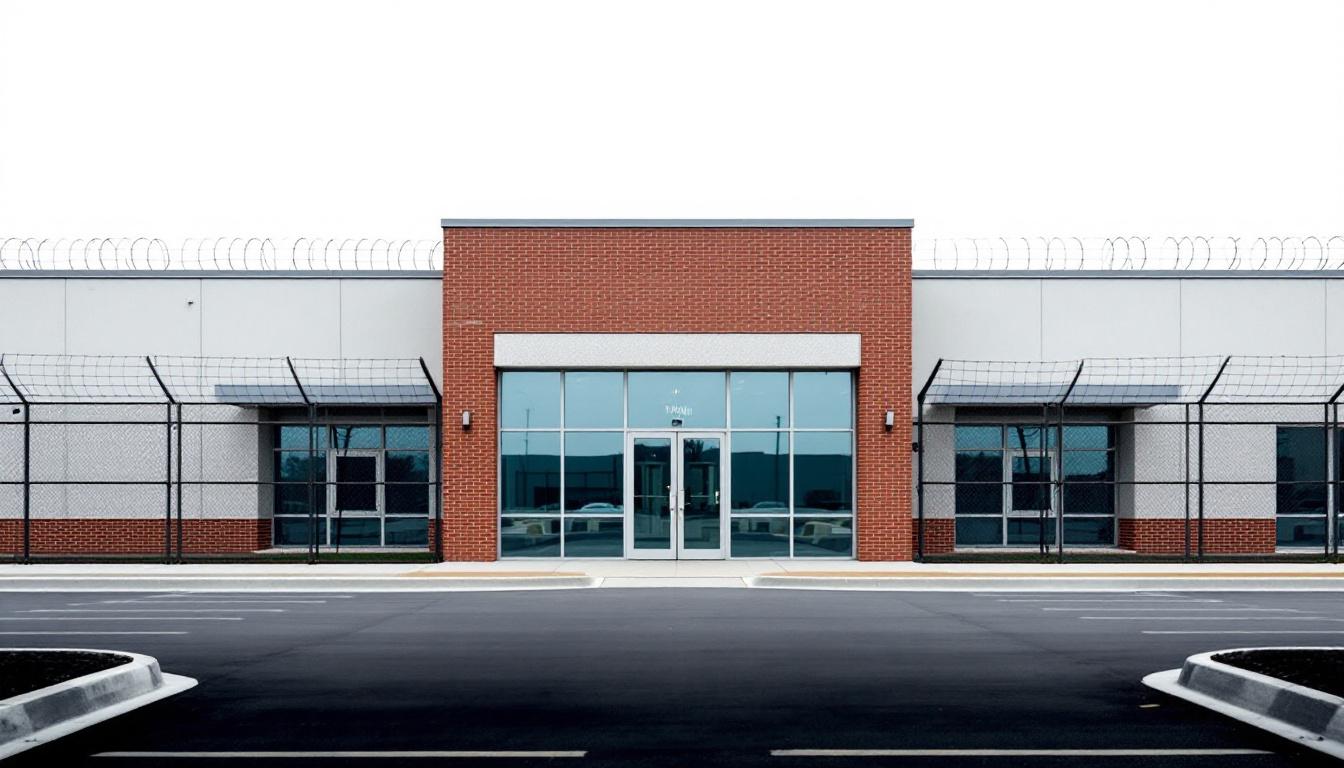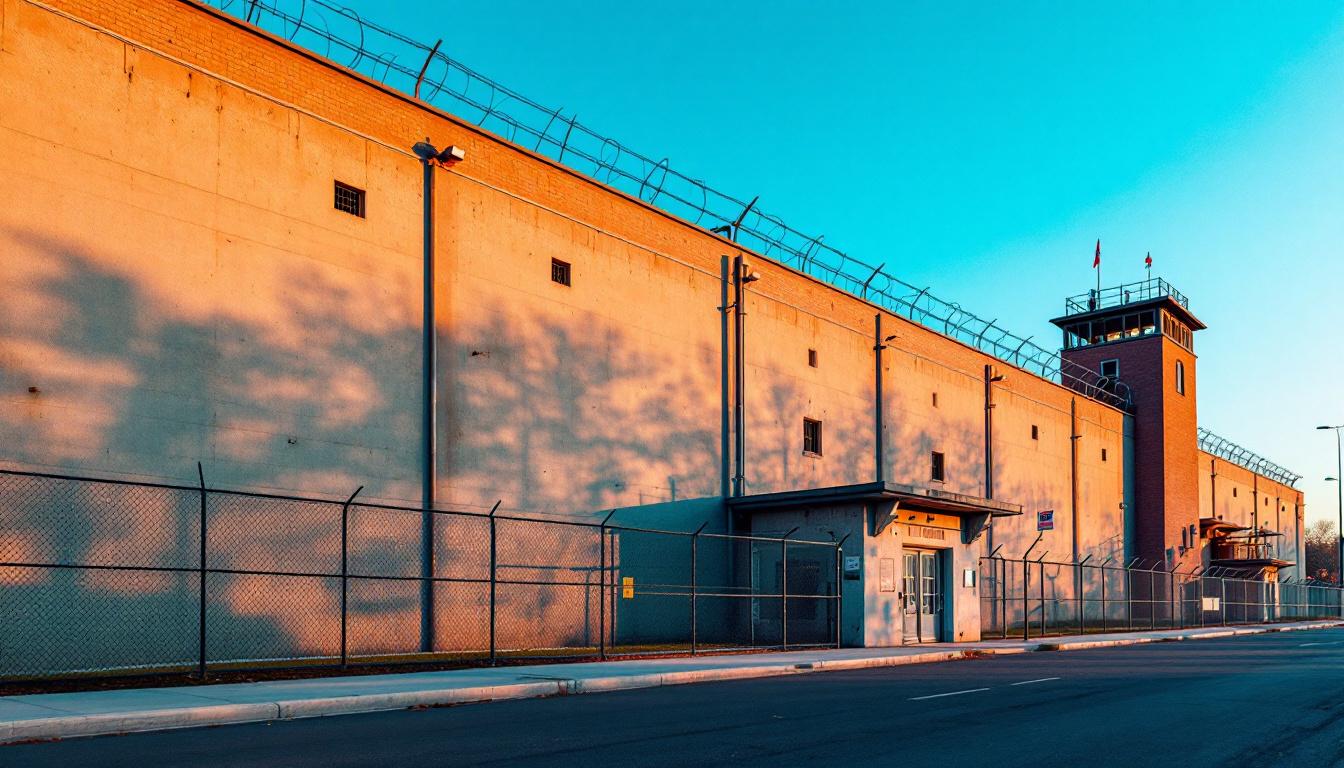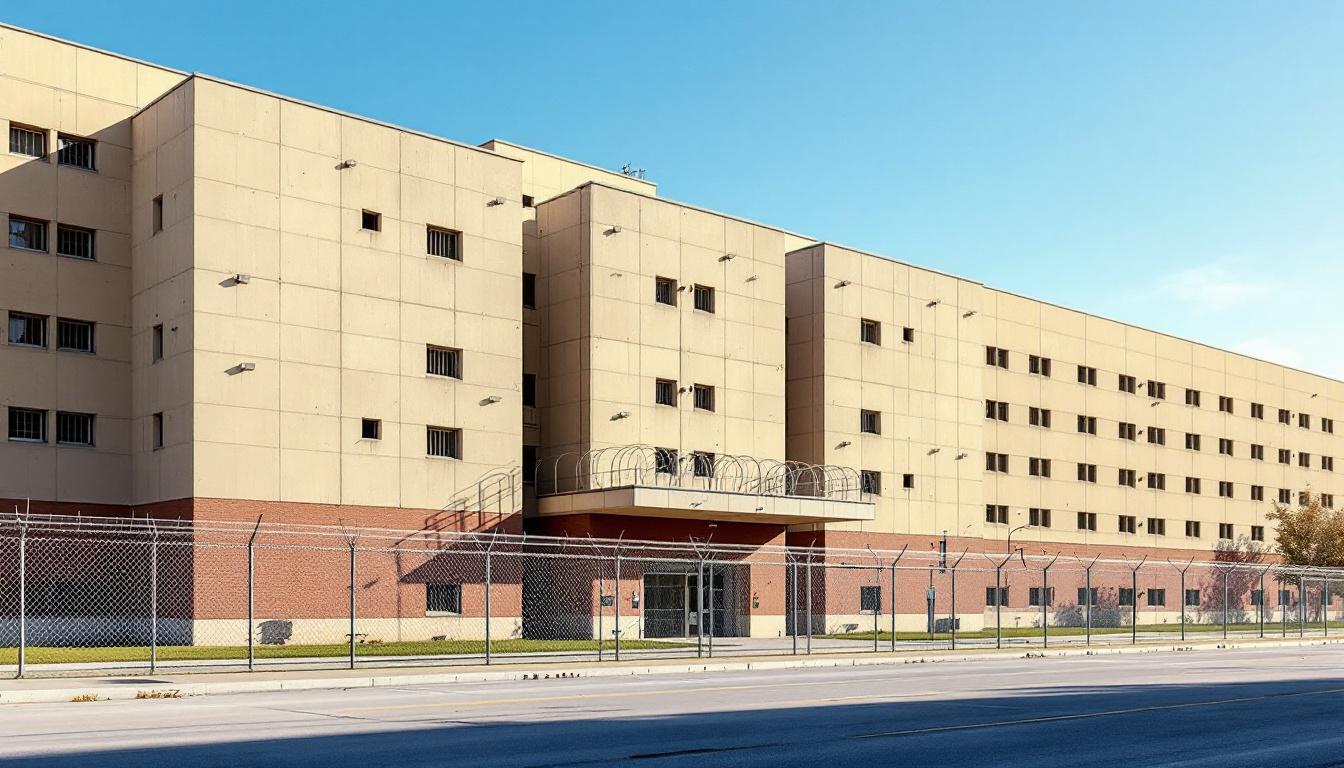
Quick Navigation
How to contact an inmate at Los Angeles County Sheriff Men's Central Jail
This comprehensive guide will walk you through how to connect with an inmate at Los Angeles County Sheriff Men's Central Jail. Follow the steps below to find an inmate and send letters and photos:
- Search for the inmate using our search tool below
- Create your account or log in to Penmate
- Write your message (up to 6,000 characters)
- Send instantly - inmates receive printed copies daily
Find an Inmate
Search for an inmate to start communicating today
Tip: You can search by first name, last name, or inmate ID number
To contact a person at Los Angeles County Sheriff Men's Central Jail start by searching for the person on the official facility website. Perform a search by following these steps:
- Step 1: Enter their first name and last name into the search form and click "Search"
- Step 2: Locate their inmate record
- Step 3: Write down their Inmate ID and any housing information provided
Important! Be sure to enter the person's full name. Nicknames should not be used.
How to Send Messages to Inmates

You can use your phone or computer to send emails, letters, and photos to an inmate. Messages are sent electronically to inmate tablets or kiosks at the facility. If you would like to send a message, start by searching for an inmate at Los Angeles County Sheriff Men's Central Jail.
Sending Photos and Postcards

A great way to send love and support to a loved one at Los Angeles County Sheriff Men's Central Jail is to send photos and postcards. It only takes a few minutes to send photos from your phone and it makes a huge difference. You can also mail postcards with words of support and inspiration, or design your own postcard for special moments like birthdays and holidays.
Important! Be sure not to send any explicit photos or they may not be approved by the facility. You can also use a photo printing app like Penmate to make sure your photos are printed at the correct size (4x6 or 3x5) and are mailed according to the rules and regulations of Los Angeles County Sheriff Men's Central Jail.
Frequently asked questions about Los Angeles County Sheriff Men's Central Jail
-
How long does it take to deliver a message?
If you're sending an email message your letter is usually delivered within 24-48 hours. For messages sent via mail you should expect delivery within 3-7 days. All messages will need be approved by Los Angeles County Sheriff Men's Central Jail.
-
How much does it cost to send a message to Los Angeles County Sheriff Men's Central Jail?
You can send a message free using your phone or mail a message via USPS for the price of a $0.60 stamp and envelope. You can also purchase credits or e-stamps from services starting at $1.99.
-
What services can I use to contact an inmate at Los Angeles County Sheriff Men's Central Jail?
Penmate
You can use Penmate to send letters and photos to an inmate from your phone. It's an easy way to stay in touch during your loved one's incarceration. Use the inmate locator to find an inmate's location and contact information, then you can send messages within a few minutes.
Securus messaging
Securus may be another option for communicating with an inmate at Los Angeles County Sheriff Men's Central Jail. You can create a friends and family account and purchase credits to send messages. All messages will be reviewed and must be approved by the facility.
JPay
Some county jails and state prisons may support sending messages with JPay. You must register an account with the system, find your loved one, and purchase stamps to send messages. For some locations you can also attach photos.
Smart Jail Mail
You may also check if Smart Jail Mail is available at Los Angeles County Sheriff Men's Central Jail. Smart Jail Mail is operated by Smart Communications and has contracted with some state and county jails. After purchasing credits, your messages and photos are sent to the facility, printed out, and then handed out to your loved one.
-
What is the mailing address of Los Angeles County Sheriff Men's Central Jail?
Mailing address:
Los Angeles County Sheriff Men's Central Jail
441 Bauchet St
Los Angeles, CA 90012
Phone: (213) 473-6100 -
What are the visiting hours at Los Angeles County Sheriff Men's Central Jail?
Visiting hours at Los Angeles County Sheriff Men's Central Jail vary by housing unit and security level. Generally, visits are scheduled on weekends and holidays, with some facilities offering weekday visits. Contact the facility directly at (213) 473-6100 or check their website for the current visiting schedule. Visits typically last 30-60 minutes and must be scheduled in advance.
-
What items are prohibited when sending mail to Los Angeles County Sheriff Men's Central Jail?
Prohibited items typically include: cash, personal checks, stamps, stickers, glitter, glue, tape, staples, paperclips, polaroid photos, musical or blank greeting cards, hardcover books, magazines with staples, and any items containing metal or electronics. Only send letters on plain white paper with blue or black ink. Photos must be printed on regular photo paper (no Polaroids). Always check with Los Angeles County Sheriff Men's Central Jail for their specific mail policies.
-
How do I send money to an inmate at Los Angeles County Sheriff Men's Central Jail?
You can send money to an inmate at Los Angeles County Sheriff Men's Central Jail through several methods: 1) Online using JPay, Access Corrections, or the facility's approved vendor, 2) Money orders mailed directly to the facility with the inmate's name and ID number, 3) Kiosks located in the facility lobby, or 4) Over the phone using a credit or debit card. Fees vary by method, typically ranging from $2.95 to $11.95 per transaction.
-
Can I schedule a video visit with an inmate at Los Angeles County Sheriff Men's Central Jail?
Many facilities now offer video visitation as an alternative to in-person visits. At Los Angeles County Sheriff Men's Central Jail, video visits may be available through services like Penmate, Securus Video Connect, GTL, or ICSolutions. Video visits typically cost $10-20 for 20-30 minutes and must be scheduled in advance. You'll need a computer or smartphone with a camera and reliable internet connection. Contact the facility for their specific video visitation policies and approved vendors.
-
What identification do I need to visit an inmate at Los Angeles County Sheriff Men's Central Jail?
All visitors must present valid government-issued photo identification such as a driver's license, state ID, passport, or military ID. Minors must be accompanied by a parent or legal guardian who can provide the minor's birth certificate. Some facilities require visitors to be on the inmate's approved visitation list, which may require a background check. Contact Los Angeles County Sheriff Men's Central Jail for specific ID requirements and visitor approval procedures.
-
How can I find out an inmate's release date?
To find an inmate's release date at Los Angeles County Sheriff Men's Central Jail, you can: 1) Use the online inmate search tool if available, 2) Call the facility's records department, 3) Contact the inmate's case manager or counselor, or 4) Have the inmate provide this information during a call or visit. For privacy reasons, some facilities only release this information to immediate family members.
Facility Overview
Contact Information
Los Angeles County Sheriff Men's Central Jail441 Bauchet St
Los Angeles, CA 90012
Phone: (213) 473-6100
Official Website

About Los Angeles County Sheriff Men's Central Jail
Nestled within the heart of Beauregard Parish, Dequincy serves as home to De Quincy Jail, LA, a county correctional facility that processes individuals at various stages of the judicial system. This LA correctional facility operates within Louisiana's broader network of local detention centers, typically housing pre-trial detainees, individuals serving shorter sentences, and those awaiting transfer to other institutions. The facility's approach to offender management centers on maintaining security while providing residents services that may support their eventual reintegration into the community.
Through systematic programming efforts, the county jail generally focuses on addressing the diverse needs of its population through educational opportunities and behavioral intervention programs. Staff members typically work to create structured daily routines that may include basic educational services, substance abuse programming, and vocational training when resources permit. The facility often collaborates with local community organizations and service providers to offer support systems that extend beyond incarceration, recognizing that effective rehabilitation requires comprehensive approaches to address underlying issues that contribute to criminal behavior.
De Quincy Jail's operational philosophy generally emphasizes the importance of preparing residents for successful community reentry through case management services and transition planning. The facility may provide access to mental health resources, medical care, and family visitation programs designed to maintain important social connections during incarceration. As part of Louisiana's correctional infrastructure, this Dequincy institution typically serves not only as a detention center but as a stepping stone in the rehabilitation process, working to balance public safety concerns with opportunities for personal growth and positive behavioral change.
Programs & Services
Educational advancement and skill development form the cornerstone of rehabilitation initiatives at De Quincy Jail, where residents engage in structured learning opportunities designed to address both immediate needs and long-term reintegration goals. The facility typically emphasizes a comprehensive approach that recognizes education as a pathway to reducing recidivism while building practical competencies. These initiatives often focus on addressing educational gaps while simultaneously introducing residents to technology and trade skills that may enhance their employment prospects upon release.
Academic programming may deliver basic literacy instruction alongside more advanced coursework, allowing residents to work toward their GED or strengthen foundational skills in mathematics and reading. Computer literacy initiatives often include training on essential software applications and internet navigation, helping participants develop digital skills increasingly necessary in today's workforce. Also, vocational training opportunities typically encompass hands-on instruction in various trades, with HVAC certification programs providing residents specialized technical knowledge that can translate directly into employment opportunities in Louisiana's service industry.
Faith-based services play a significant role in the facility's support structure, offering residents spiritual guidance and community connection through regular religious services and pastoral counseling. These initiatives may deliver both individual and group sessions that help participants explore personal values while building coping strategies for managing stress and making positive life changes. Also, the religious programming often includes Bible study groups and worship services that provide residents with a sense of community and moral foundation, which many find beneficial for maintaining motivation throughout their incarceration and beyond.
Daily Life & Visitation
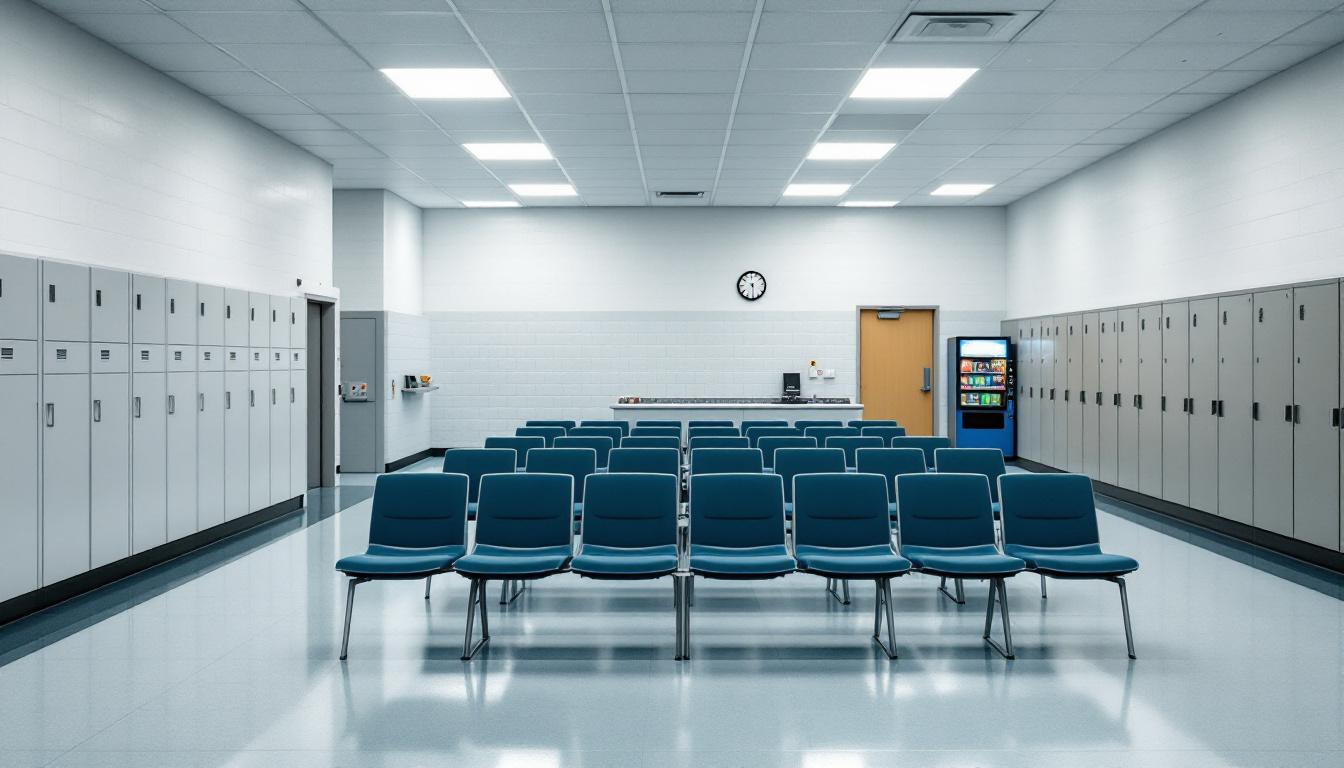
Structure now governs every aspect of life within the facility, with residents following carefully organized schedules that begin early each morning. Wake-up calls typically occur before dawn, followed by headcount procedures and preparation for the day ahead. Residents regularly participate in assigned activities that may include work details, educational programming, or facility maintenance tasks. Meal times provide consistent anchors throughout the day, with breakfast, lunch, and dinner served at designated hours in common dining areas. This predictable rhythm delivers stability and helps residents adapt to their environment while maintaining personal routines within the facility's framework.
Housing arrangements generally place residents in dormitory-style units or individual cells, depending on classification levels and available space. Personal belongings are typically limited to essential items, with additional comfort items often available through the commissary system. Also, residents may have access to basic hygiene products and limited personal property storage. Living spaces usually include basic furnishings such as beds, storage areas, and shared bathroom facilities. However, the structured environment ensures that common areas remain organized and that residents understand expectations for maintaining their living spaces.
Recreation opportunities typically include outdoor exercise periods, television viewing in common areas, and access to reading materials when available. Visitation policies generally allow family members and approved contacts to maintain connections through scheduled visits, though specific arrangements may vary based on facility protocols and security requirements. Also, residents often have access to telephone services during designated hours to communicate with loved ones. Work assignments may include kitchen duties, cleaning responsibilities, or other facility maintenance tasks that provide structure and purpose to daily routines. Educational programming and counseling services may also be available, delivering additional framework for personal development during incarceration.
Ready to Connect?
Start communicating with your loved one today
Search for an Inmate

